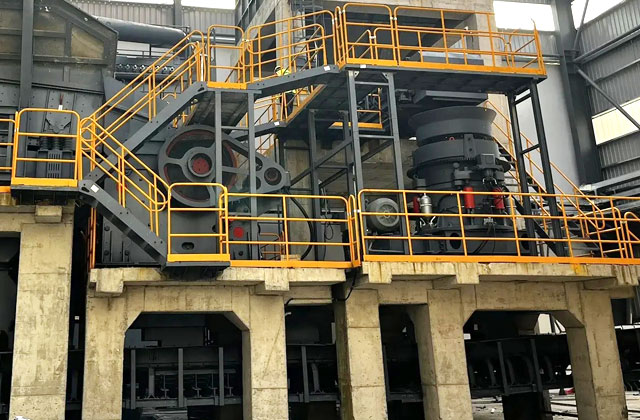Mineral beneficiation is a critical process in the mining industry that aims to extract valuable minerals from ores through various physical and chemical methods. The goal of beneficiation is to improve the quality of the extracted material by concentrating valuable minerals while eliminating impurities. This process can include activities like crushing, grinding, flotation, and leaching. The first and most crucial step in mineral beneficiation is primary crushing, which lays the foundation for subsequent processes that ultimately enhance the quality of the final product.
The primary purpose of primary crushing is to break down ore from its raw, large-sized form into smaller pieces. This makes it easier to handle, transport, and process further. Ore typically arrives at the beneficiation plant in large boulders or blocks, often measuring several feet in diameter. These large pieces need to be crushed to a more uniform size before they can be processed in secondary stages, where finer crushing or grinding is performed. Crushers used in primary crushing are typically designed to handle large feed sizes, with jaw crushers, gyratory crushers, and impact crushers being some of the most common equipment used.

Jaw crushers are one of the most widely used machines for primary crushing. They consist of a fixed jaw and a movable jaw that together create a compressive force to break down ore. As the movable jaw moves towards the fixed jaw, ore is squeezed and fractured, breaking it into smaller fragments. These crushers are particularly effective for hard, abrasive materials such as granite, basalt, and ores that are resistant to crushing. Jaw crushers can handle large volumes of material and are generally simple to operate, making them a popular choice in mineral beneficiation plants.
Another type of crusher used in primary crushing is the gyratory crusher. This machine is similar to a jaw crusher, but it has a conical shape, with a larger capacity and the ability to handle more material. The gyratory crusher’s design allows it to crush larger and more challenging ores efficiently. Gyratory crushers are often used in large-scale mining operations where high throughput and efficiency are essential. These crushers are ideal for processing ores with higher hardness and can handle a variety of materials, including ores that are too hard for jaw crushers to break down effectively.
Efficiency in the primary crushing stage is crucial to the success of the entire beneficiation process. A well-executed primary crushing process can reduce the energy required for grinding, which is one of the most energy-intensive stages in mineral beneficiation. Moreover, it ensures that ore is fed consistently and uniformly to subsequent processing equipment, preventing bottlenecks and enhancing overall throughput. Another essential factor in the primary crushing process is the maintenance of the crusher. Regular inspection and maintenance are necessary to avoid unnecessary downtime, which can have significant financial implications.
In conclusion, primary crushing serves as the starting point in the mineral beneficiation process, setting the stage for efficient extraction and processing. The choice of crushers, as well as the size reduction goals, play a significant role in ensuring that the ore is ready for subsequent processing stages. A well-optimized primary crushing process not only improves the efficiency and effectiveness of the entire beneficiation circuit but also contributes to the overall cost reduction and environmental sustainability of mining operations. Thus, primary crushing is a cornerstone of successful mineral beneficiation.
